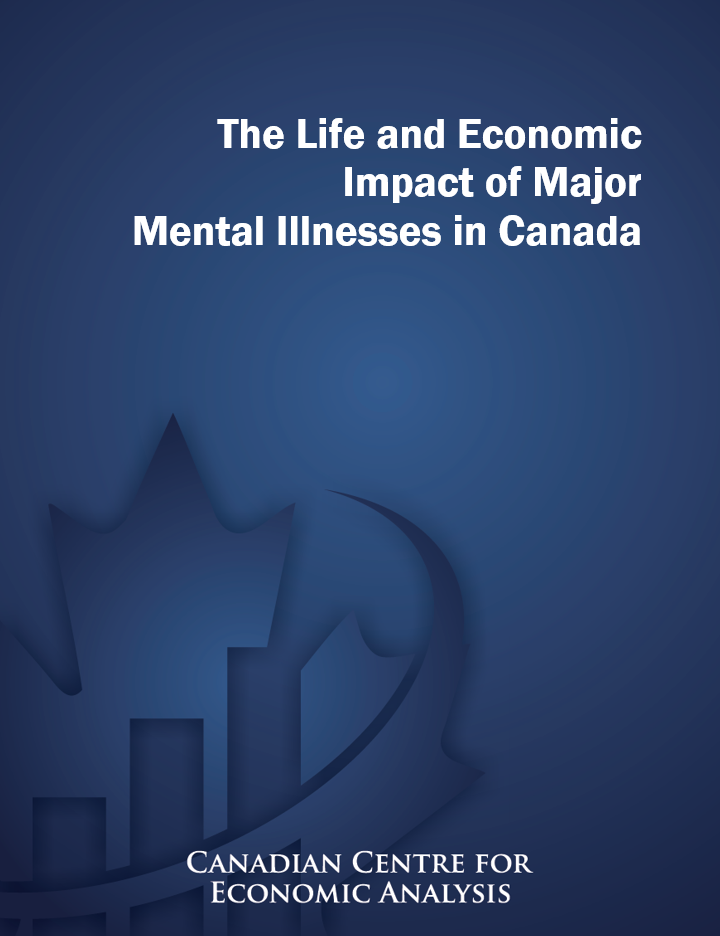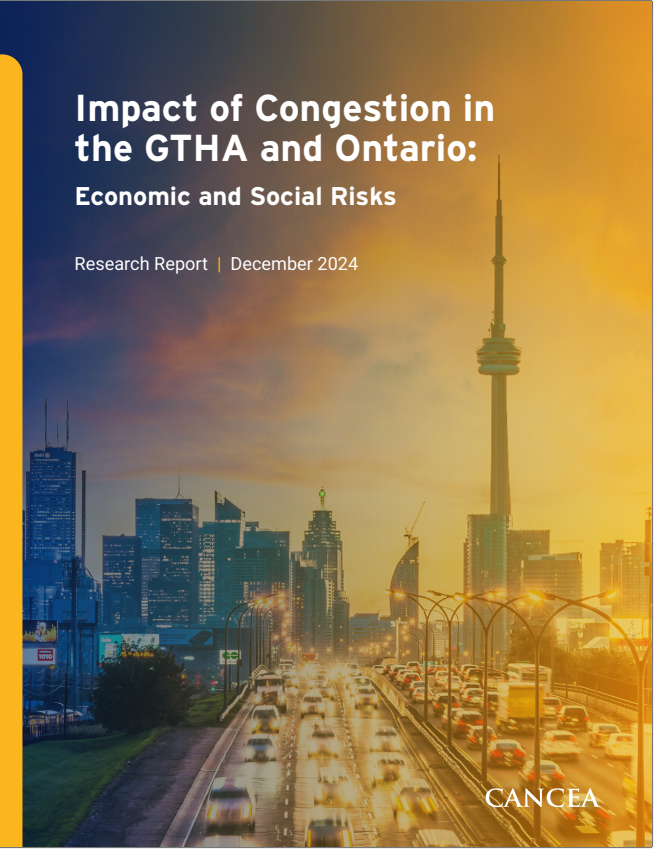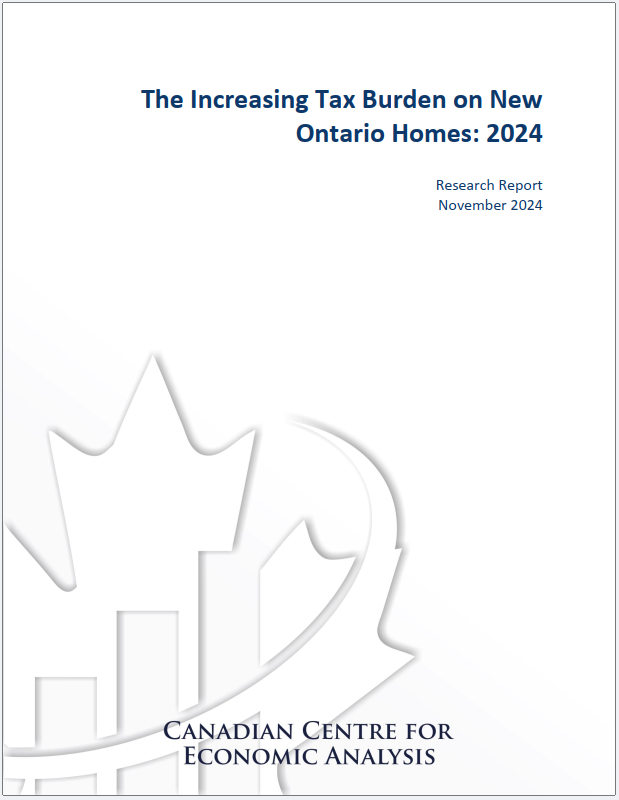The Challenge of Mental Illness
Mental illness is a behavioural or psychological syndrome that significantly interferes with an individual’s thought processing abilities, social abilities, emotions and behaviour (Mental Disorders, WHO). Depending on the type of mental illness, the severity of the illness may vary from mild to severe and contribute to disability and health care service use. This study estimated that 1 in 5 Canadians are affected annually by mood disorders, anxiety disorders, schizophrenia, attention deficit/hyperactive disorders (ADHD), conduct disorders, oppositional defiant disorders (ODD), substance use disorders or dementia. Not only does mental illness impact individuals but it also places a significant impact on families, communities and the health care system. In 2011, this study conservatively estimated that the cost of mental illness was $42.3 billion in direct costs and $6.3 billion in indirect costs. Over the next 30 years, the life and economic consequences of mental illness are expected to be magnified due to the increase in the expected number of people living with mental illness as a result of the aging and growth of Canada’s population over the next 30 years. Within a generation, it is estimated that more than 8.9 million Canadians will be living in a mental illness.
Study Objective
The objective of this study was to estimate the health and economic impact of major mental illnesses in Canada, beginning in 2011 and annually over the next three decades. For the purposes of this study the major mental illnesses included: mood disorders, anxiety disorders, schizophrenia, substance use disorders, ADHD, conduct disorders, ODD and cognitive impairment including dementia. Using RiskAnalytica’s Life at Risk simulation platform, measures of incidence, prevalence and mortality were simulated for the total Canadian population (ages 9 and over) to project the impact of major mental illnesses over a 30-year time horizon. The outcomes, assuming a steady-state prevalence were then linked to estimates of health service use and workplace productivity to forecast the economic impact of mental illness now and into the future. Throughout this study, an independent panel of recognized experts in mental health and illness including epidemiologists, health researchers, mental health data analysts, clinicians, psychiatrists and economists were consulted to review and assess the reasonableness of the model inputs and assumptions, model structure, and model outputs and conclusions to ensure that the model is consistent with observed data.
Download report: MHCC_Report_Base_Case_FINAL_ENG_0_0











